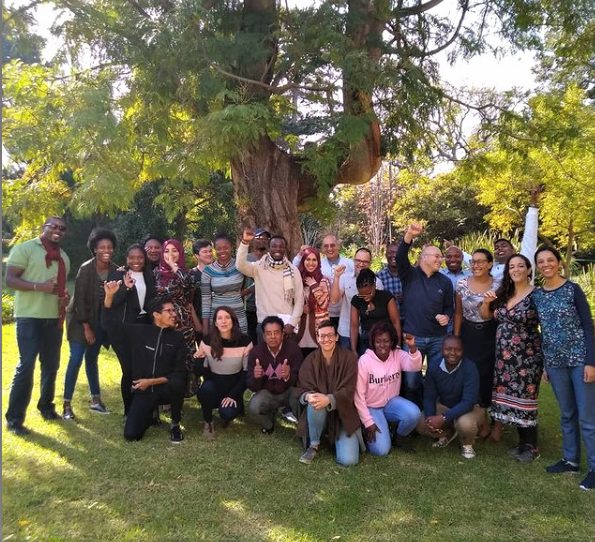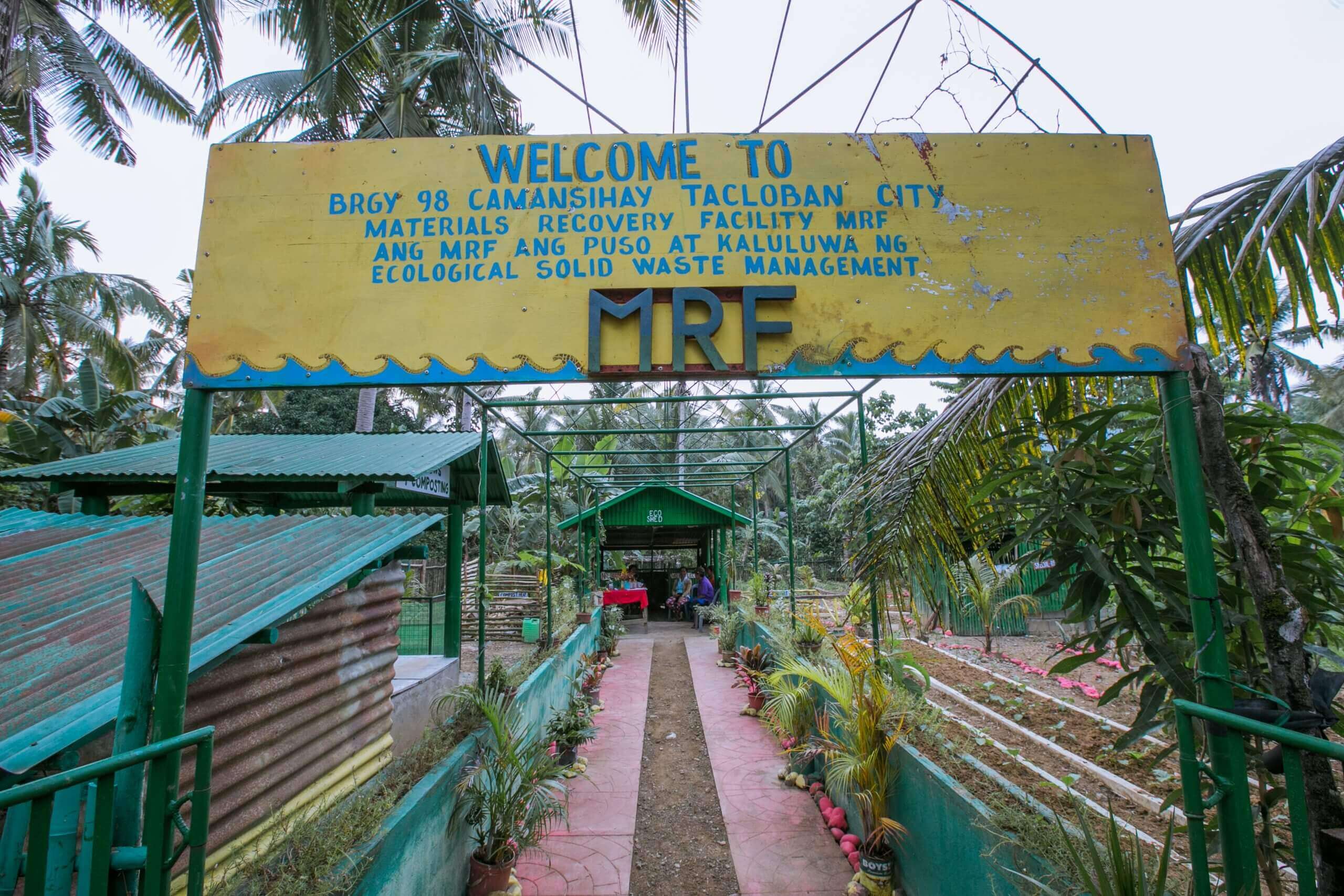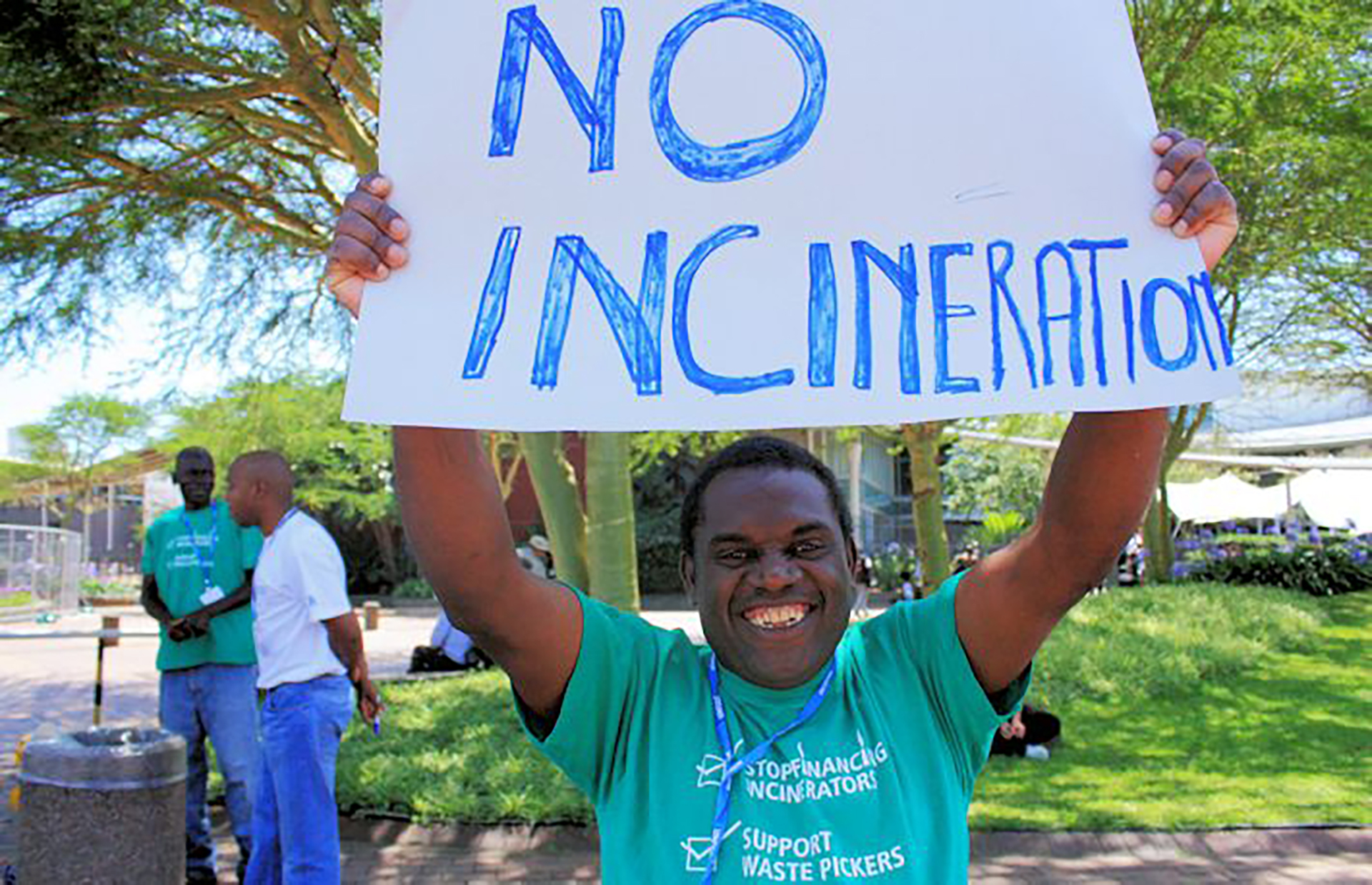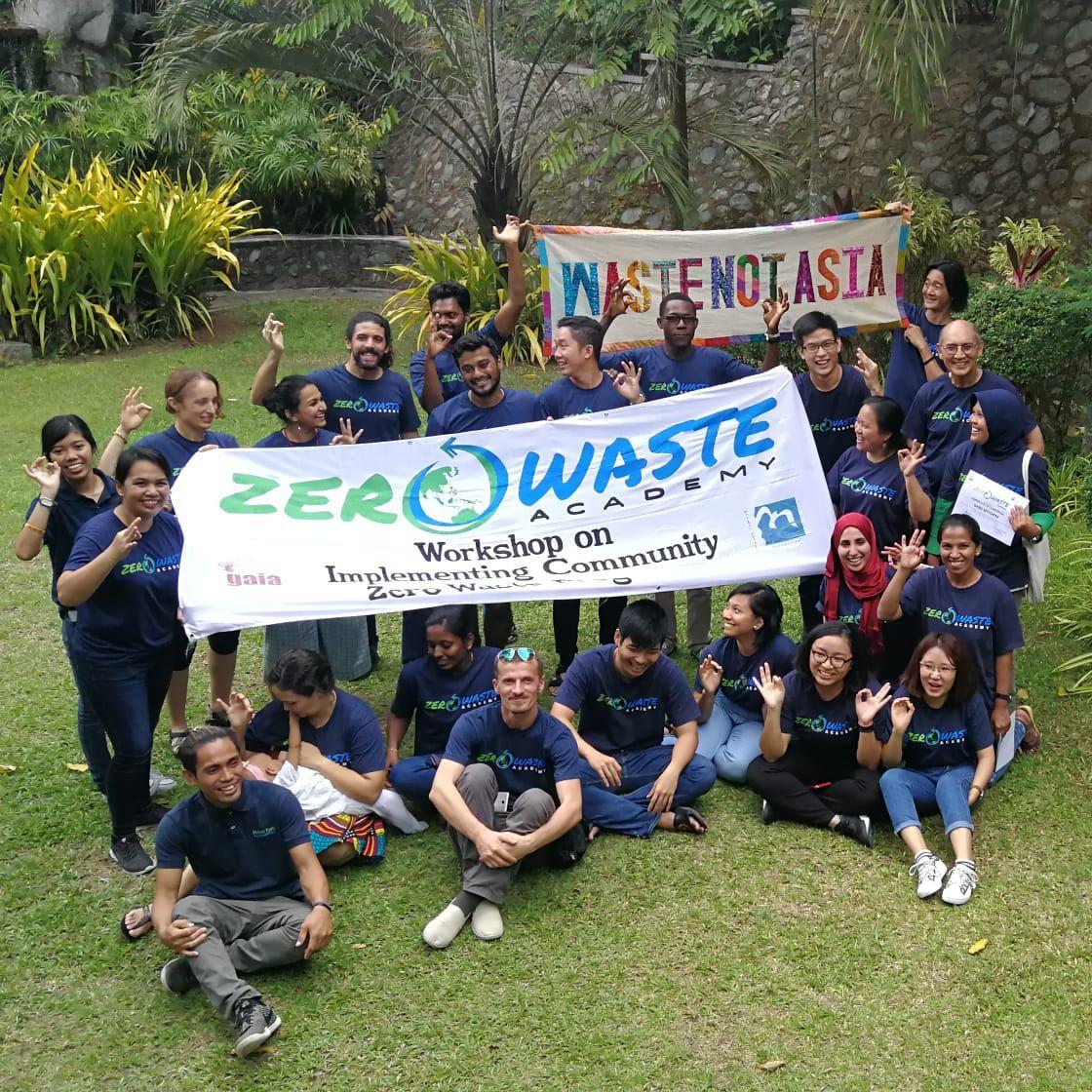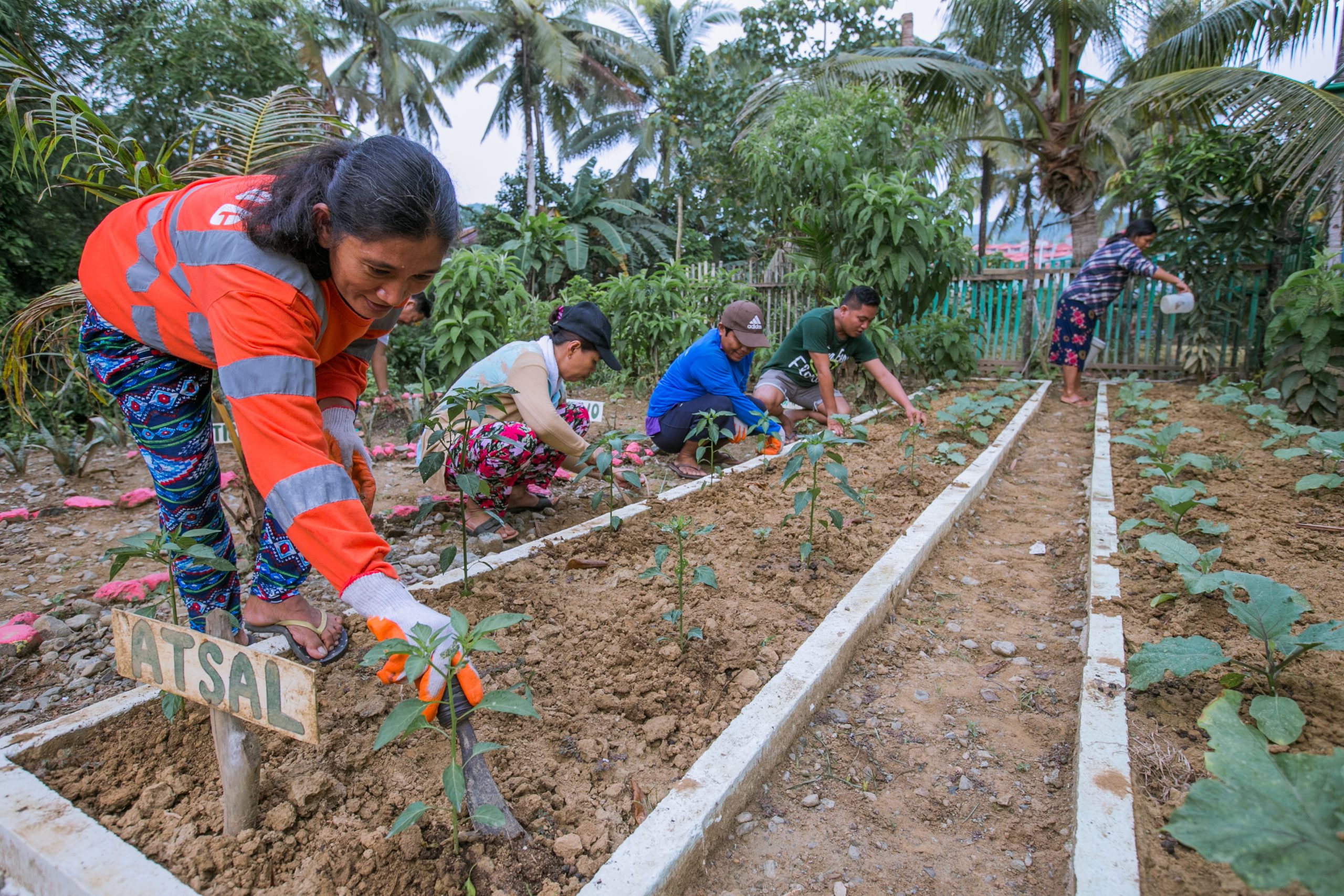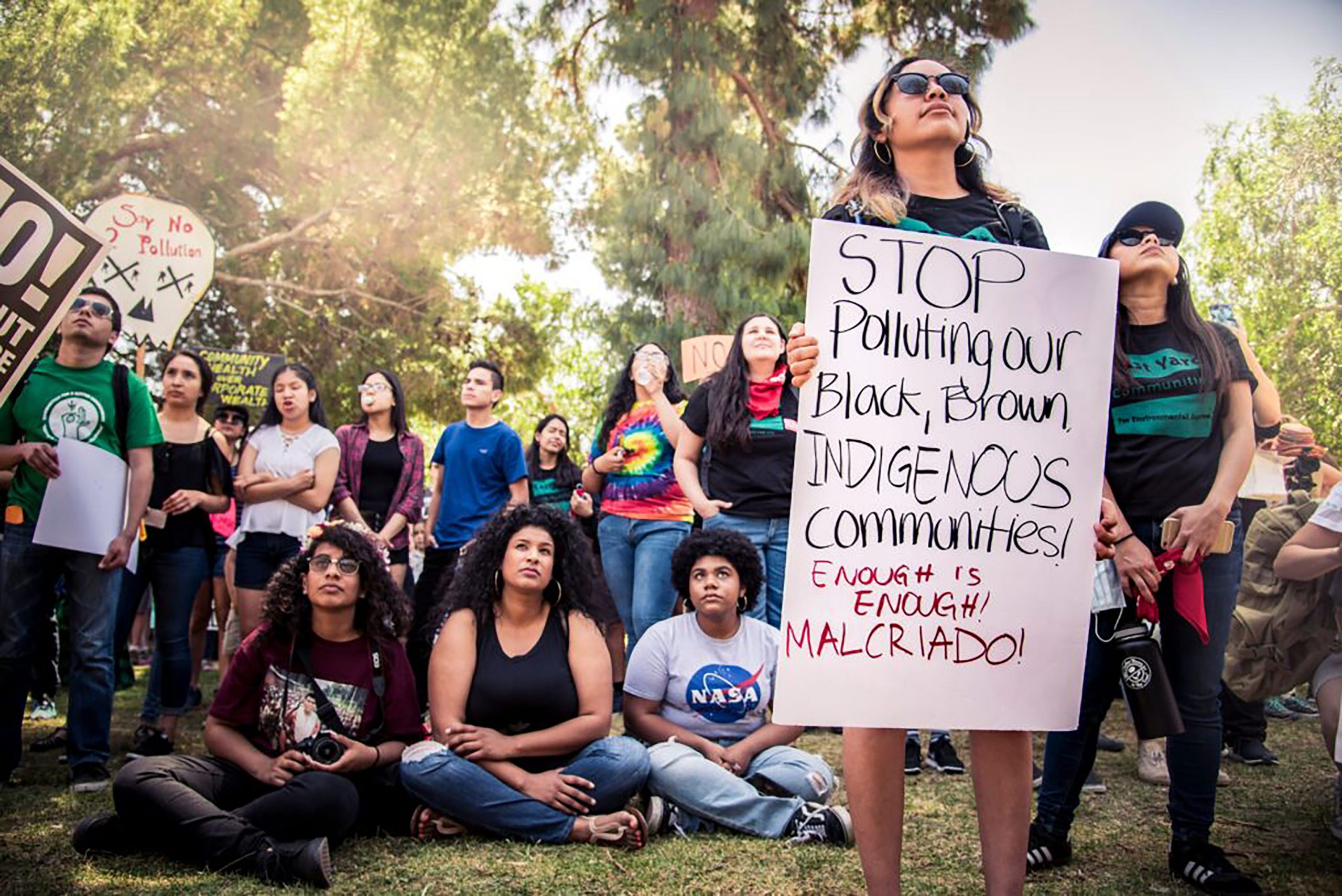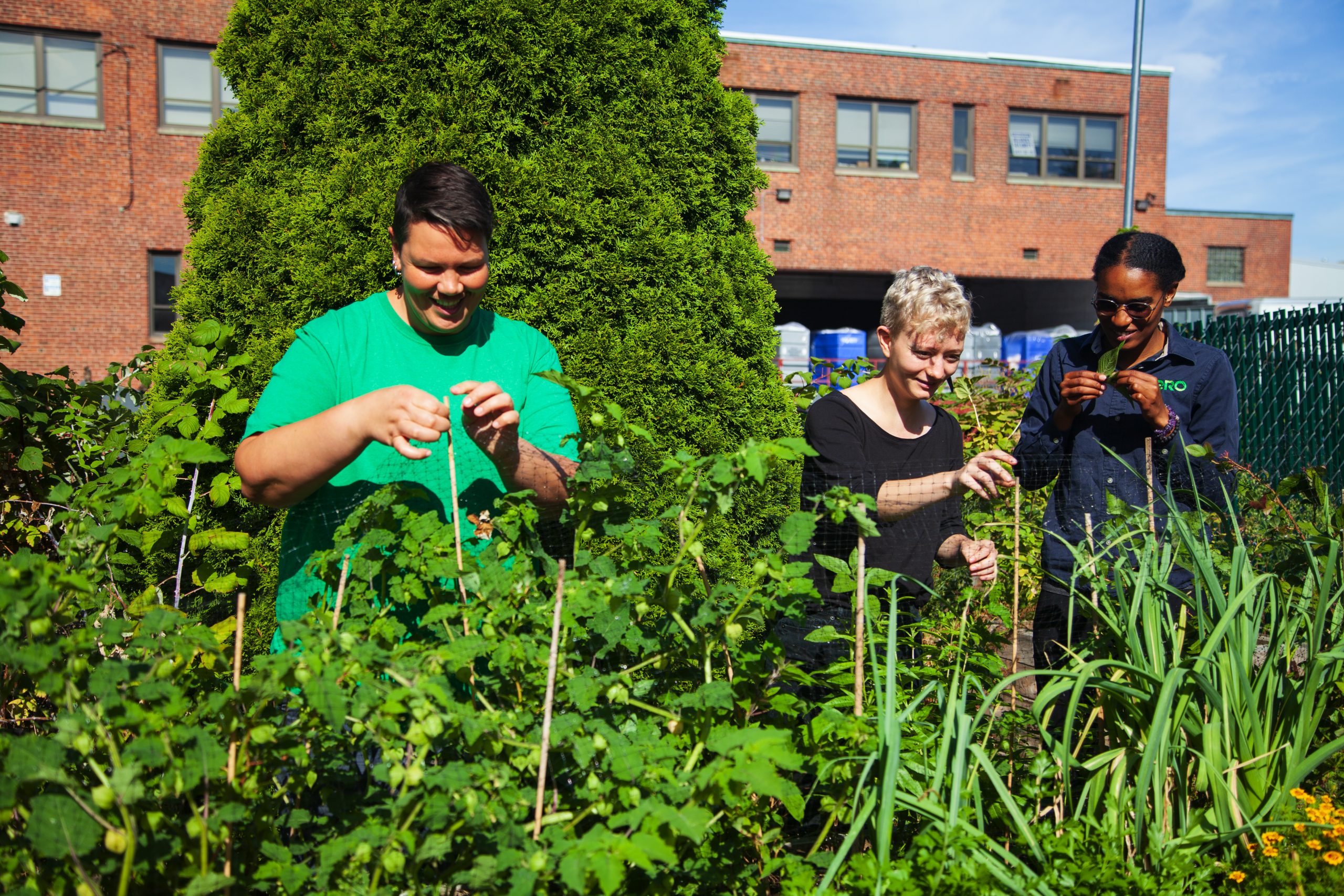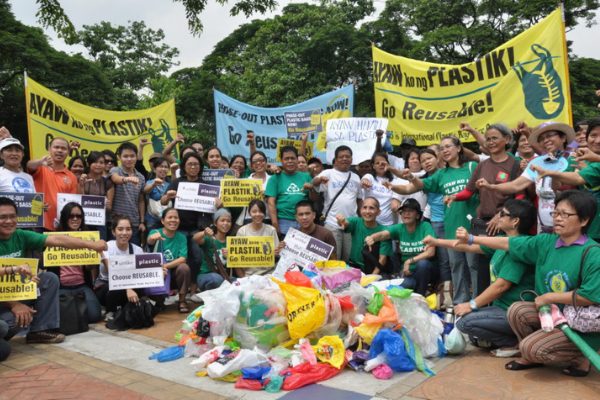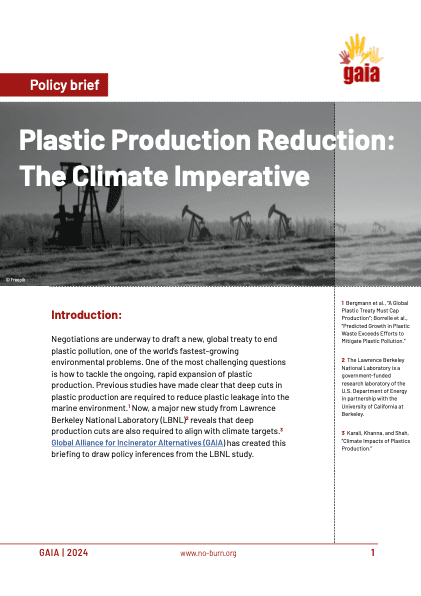Life in most urban poor communities in poor and developing countries is intimately tied to activities and issues related to waste. Trash tends to be ubiquitous and very visible; basic waste management services tend to be inadequate, if not completely lacking. For many in these communities, waste is a problem but it is also a source of income. And when waste disposal facilities, including unofficial open dumps, are located beside or within city limits, even more people have access to the waste and frequently come to rely on it for their livelihoods.
If you are a promoter of zero waste, where do you begin to work in these communities?
GAIA sought to understand the attitudes and behaviours of residents towards waste through participatory research in three urban poor communities in the Philippines. We wanted to learn how waste issues shape people’s dreams and aspirations for themselves and their families, and to document the effect of these issues on the general well-being of the community. The intention was for the communities to see more clearly how concerns relating to waste and issues relating to overall development overlap, and to identify practical solutions or ways forward. Through the study GAIA also hoped to discover strategies in zero waste advocacy that could be useful in rapidly urbanizing cities in poor and developing countries, where the urban poor almost always make up a large and important constituency from a social and environmental justice perspective.
The three communities selected for the study (Barangay Aguado, Cavite; Barangay 128, Manila; and Barangay Tatalon, Quezon City) have long standing experiences in addressing issues that concern their development. All three are also urban poor communities where waste has played and continues to play an important role in the lives of the residents. All three have a common history of being home to informal settlers who have come to the cities in the hope of improving their lives.
Aguado is home to a toxic waste treatment facility that has seen years of grass-roots protests against its release of extremely toxic emissions containing dioxin, polychlorinated biphenyls, and hexachloro-benzene. In Barangay 128, on the other hand, Smokey Mountain, once the biggest dumpsite in the country, can be found right smack in the middle of the village. About 2.5 million cubic meters of hazardous waste remains in the former dump, towering more than 20 feet skyward and releasing heavy metals and a thick cloud of smoke and ash every day. Tatalon is a riverside community that is inundated regularly with flooding water laden with trash. Waste continues to be dumped in the river, even though it is a known contributor to the flooding.
The study clearly shows that in order to promote proper waste management so that it becomes a way of life, it is necessary to take into account the unique web of challenges and opportunities faced by the community. For example in Barangay 128, there is an area with 21 5-story buildings that house at least 600 residents. Each building is governed by a homeowners association that has its own set of rules on sanitation, water use, and waste management. The building rules are different from, although in theory should be supportive of, the village’s official rules on waste management. In reality however, proper waste management is practically non-existent in almost all of the buildings, and it is common to find mounds of trash in spaces between buildings, which have been dumped either from the upper floor units’ windows or by passing residents from other buildings. With overlapping responsibilities, no one has been able to successfully figure out how to manage waste properly in the entire neighbourhood.
For many communities, whether urban-poor, middle-class, or wealthy, daily pickup of trash is the yardstick of efficient waste management. Without that service, a pervasive way of thinking was identified in these 3 locations: once it is out of the house, it becomes the government’s problem. At the same time, the study also found an acknowledgement by many that everyone has a role to play in either furthering the problem or finding a solution.
The study shows that there is potential for broadening waste advocacy by linking and working with community organizations and NGOs that are sometimes outside the environmental movement. Locating waste advocacy in the broader development movement might be the answer to mainstreaming zero waste.
For many of us who were involved in this research and who have been working on waste issues for years, the experience yielded both a revelation and a confirmation of what we already knew. It was a revelation that these urban-poor communities consider waste to be one of their biggest concerns. In fact, all three communities overwhelmingly voted garbage as the number one environmental problem in their areas, and ranked it just below poverty as the most important issue that they struggle with every day.
But the study also confirmed what many of us have always known: that even in some of the bleakest places on the planet, there is a fierce resistance to losing hope and a strong core of community folks who refuse to accept things as they are. For instance, an average of 83% of residents in the three communities believes that something can still be done to solve their waste problems. A majority from each community also believe that, given the right tools and information, they personally could be an important part of the solution for their waste problems, and they are willing to support and participate in their village’s waste management programs.
The full results of the research will be presented on July 16 by GAIA’s Asia Pacific team to concerned national government agencies, local government officials, groups working on development and environmental justice issues and urban poor community representatives. On this day we hope to start conversations among these stakeholders and create opportunities for future work together between ZW advocates and community development service providers.
